
BSc Ecology; MSc Soil Science (by Research)
Research PG
- About
-
- Email Address
- a.raffan.20@abdn.ac.uk
- Office Address
School of Biological Sciences, Cruickshank Building, St Machar Drive, Aberdeen, AB24 3UU, UK
- School/Department
- School of Biological Sciences
Biography
Pre-2004 Annette was definitely going to be a vet, but then ecology caught her eye. Alongside regular procrastination activities like conservation work and co-founding the Photography Society she developed a passion for studying vegetation changes in response to their environment. She had a role as a ‘weekend water fairy’ with a bi-weekly responsibility for potentially ruining drought experiments. This led to being a research assistant working on diverse projects; Pb in game birds, peat analysis for historical Sn mining, As in rice and N-strategies of grassland species. She quickly realised that science is both rewarding and repetitive - there’s nothing more ‘rewarding’ than starting a new page in your lab-book. This led to a Research Technician position that was initially based in Analytical Services and then took a side-step into Soil Biophysics. She learnt from the ‘soil’ up; FIA, AAS, NCS, DOC, IC, GC, MP-AES and many more skills you can't attribute an acronym to. She quickly became an expert for finding ‘something that looks like this’ or building it if need be.
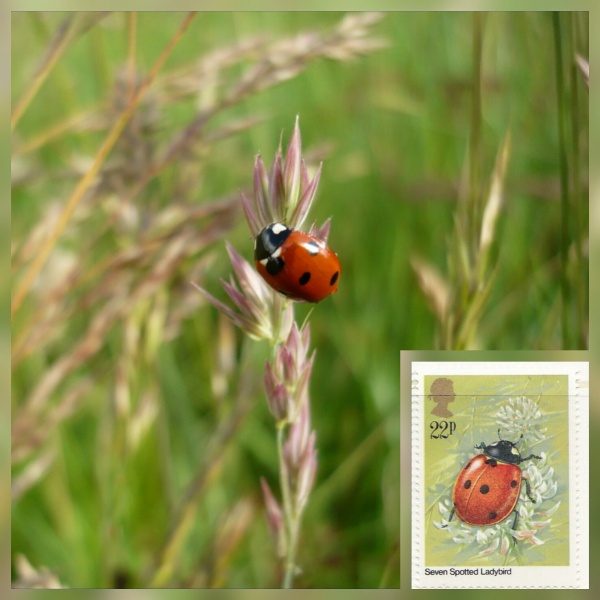
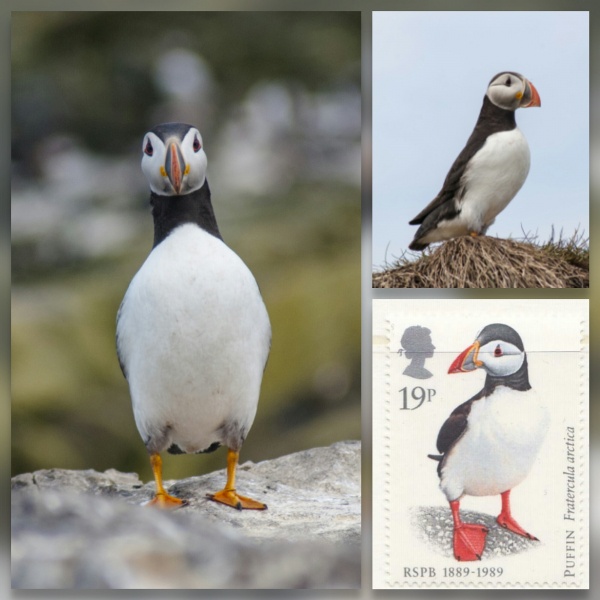
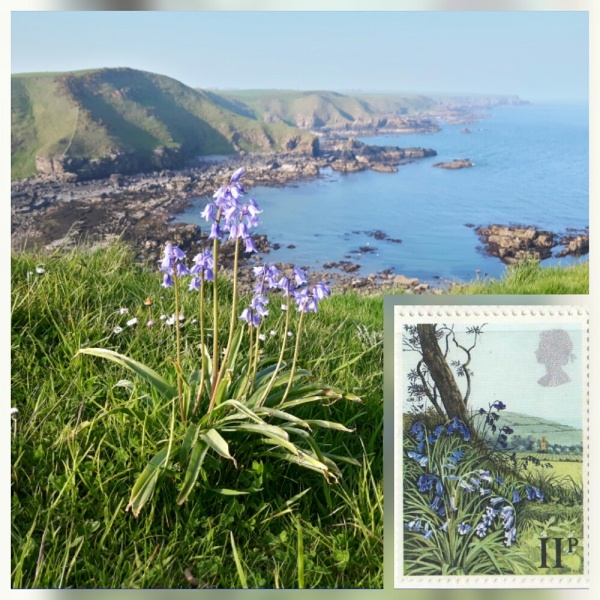
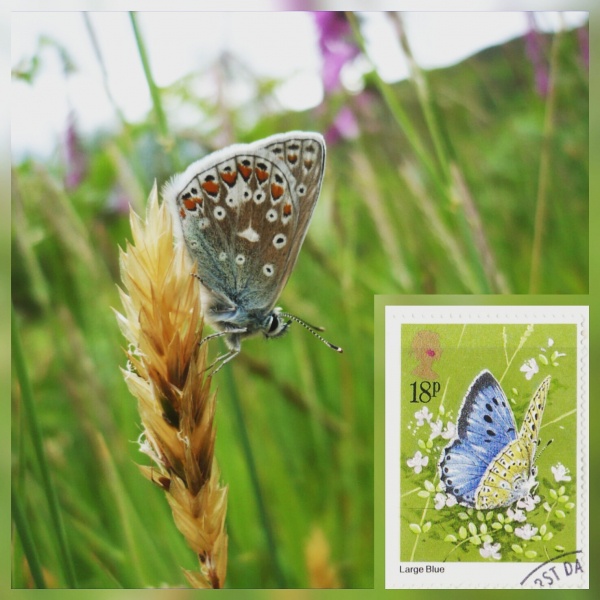
In 2016, as a self-professed postage stamp geek, she launched her own business, achieving accreditation from the Philatelic Traders Society who recognise dealer integrity and trust. She also undertook a part-time research MSc, working to the industrial mindset where next week means tomorrow. She collaborated with the Woodsmith Project (Sirius Minerals) on the effects of POLY4 fertiliser on soil properties. As this ended, her independent research continues as a postgraduate researcher on the, cue acronyms, UKRI NERC QUADRAT DTP. After thinking she wants to be the next Nobel Prize winner but finding out her supervisor, Professor Paul Hallett 'doesn't expect that,' she is currently planning how her project, which looks at the impact and interactions of different plant species on soil properties, can answer some exciting ecology questions.
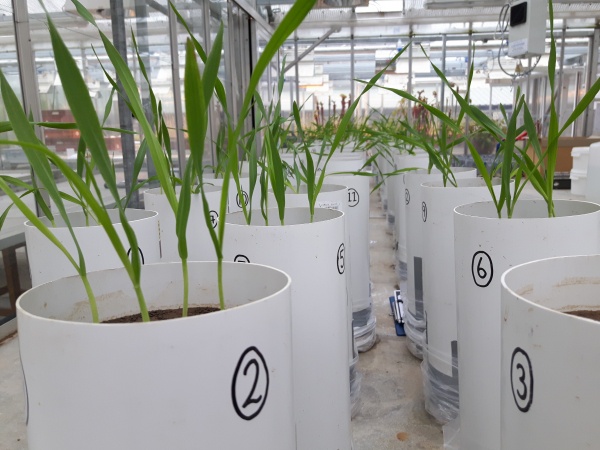
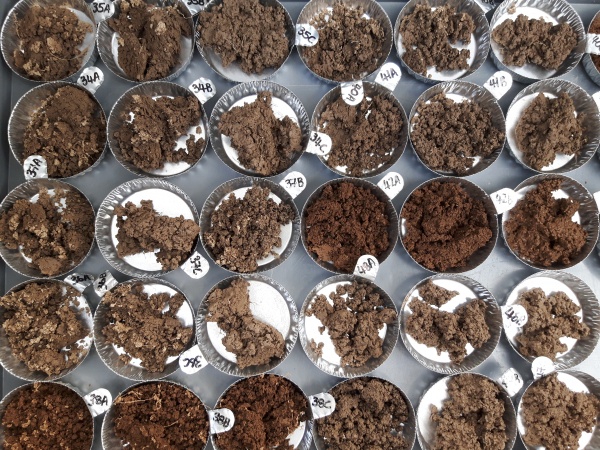
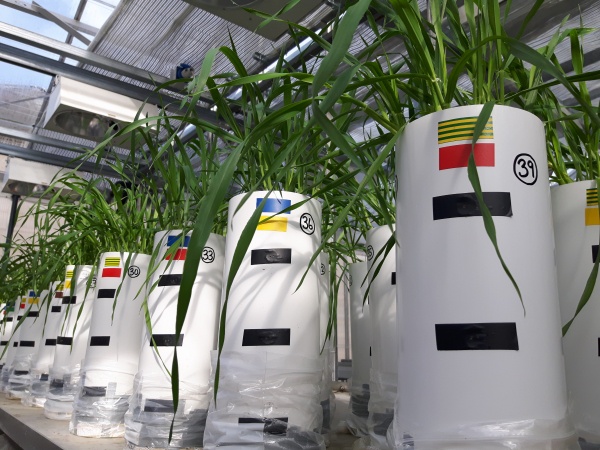
Qualifications
- BSc Ecology2008 - University of AberdeenFirst Class
- MSc Soil Science2020 - University of AberdeenBy Research; with distinction
Memberships and Affiliations
- Internal Memberships
-
Student Content Creator
- External Memberships
-
Scottish Innovative Student Award (SISA, Scottish Institute for Enterprise) Level 1 (Future Thinker), Level 2 (Innovation Catalyst) and Level 3 (Innovation Champion)
BSSS Early Careers Member
CMI membership
Prizes and Awards
2008 Ecology Class Award
- Research
-
Research Overview
My particular research interests are:
- Plant-environment interactions particularly those affected by human degradation
- Root-soil interactions especially as affected by water dynamics, root exudates
- Plant-plant interactions and community dynamics such as during succession
- Imaging of plant and root-soil systems through x-ray CT
- Use of gardening to develop awareness of soil health and biodiversity
- Study and collection of Armeria cultivars
Due to experiences in running my own business I also have ongoing interest in:
- Public engagement of research particularly using online content and social media or through art.
- Personal development, planning and innovation

Research Areas
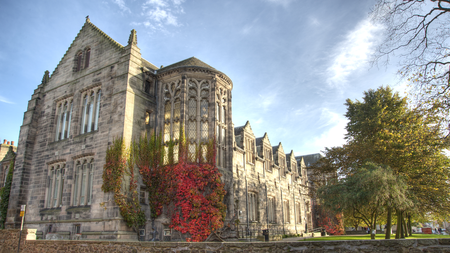
Biological and Environmental Sciences
Research Specialisms
- Ecology
- Plant Sciences
- Analytical Chemistry
- Soil Science
- Community Ecology
Our research specialisms are based on the Higher Education Classification of Subjects (HECoS) which is HESA open data, published under the Creative Commons Attribution 4.0 International licence.
Current Research
PhD: Investigating whether 1+1=3
Supervisors: Professor Paul Hallet; Professor Mark Emmerson; Dr Kenneth Loades
This research will investigate the role that species interactions have in the development of soil structure and identify whether it is possible that certain species can work together to improve soil structure more than others. Focussing on grasslands, we will use plant species with a wide variety of root architectures to understand more widely how roots can manipulate soil structure.
The ways that roots can manipulate soil structure tend to be split into 'biological', such as providing an organic matter source for earthworms, 'chemical' such as producing exudates which may alter soil particle behaviour and 'physical' methods such as enmeshing of soil particles.
It seeks to find an answer to the question of whether the root impact of a species on soil structure is enhanced (or indeed supressed) by the presence of another. The other specie(s) may be another individual of the same species or a different species that may have similar or contrasting root traits. Generally a mix of root traits (i.e. high plant diversity) is believed to be key to positive impacts on root structure but do some species work better together than others?
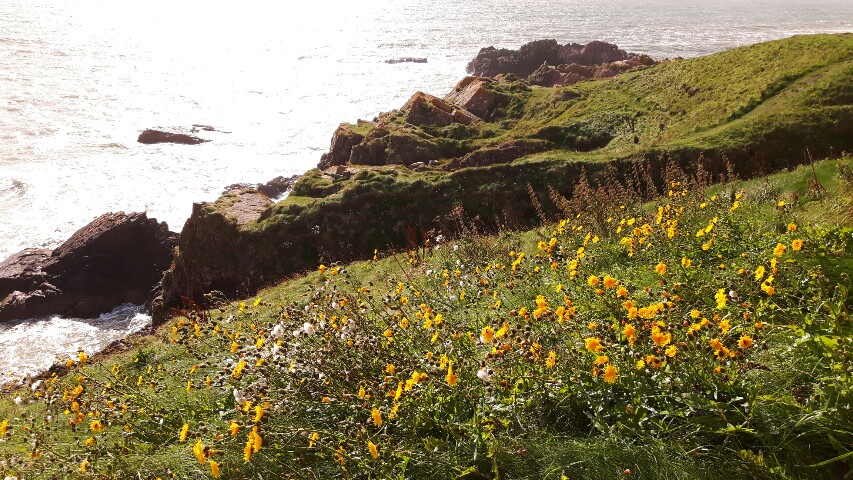
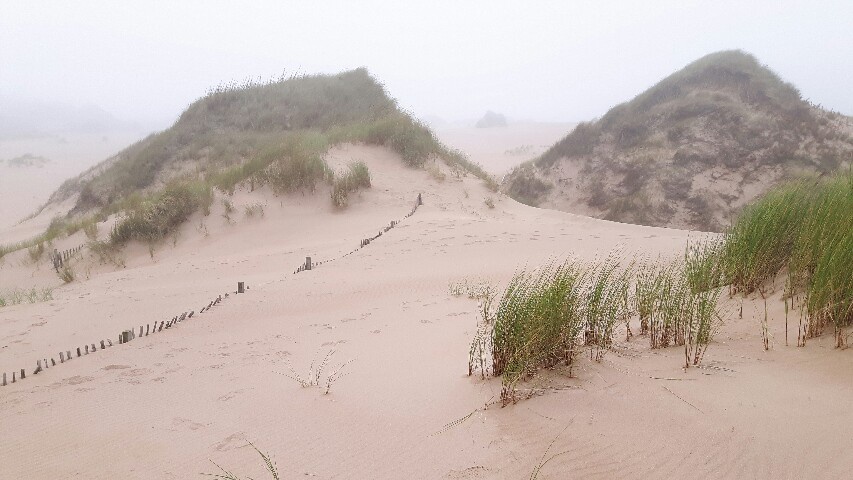
Proposed National Plant Collection
Work is currently underway to apply for a Proposed National Plant Collection of Armeria cultivars. Over the next few years this will allow development of a recognised collection. National Plant Collections are co-ordinated by Plant Heritage and recognised by institutions such as Kew Royal Botanic Gardens and the RHS. They help to protect and preserve plants, most often those with horticultural interest, from being lost over time. Owners are expected to maintain curated collections of their area, develop herbarium specimens and generally share awareness with structured plans in place in case the worst should happen.
Armeria cultivars (also known as sea pinks or thrift) are not currently held within a collection in the UK. Current work on this project has identified at least 150 cultivated varieties, around half of which are not going to be easy to track down. They are small, compact plants with white, pink, red or purple pom-pom flowers and are well adapted to dry and coastal conditions. Furthermore, they are easy to propagate and have a long flowering season so are an ideal group to hold the fort and spread the word for. Our native species, A. maritima, is a very common occurrence in coastal areas and montane regions.
Past Research
Lichen Succession on the Branches of Quercus petraea
Supervisor: Dr Sarah Woodin
The environmental conditions along a tree branch vary significantly from the outer canopy to the internal trunk. This project investigated the potential for succession of epiphytic lichen species along a Oak tree branches in a planted Atlantic oak wood. There was strong evidence of a change in species in just a few metres of branch.
The Effects of Polyhalite (POLY4) on Soil Structure, Stability and Nutrient Behaviour
Supervisors: Professor Paul Hallet; Dr Timothy Lewis; Professor Graeme Paton
Soil stability and structure are key to soil health - a soil with good stability and structure will reduce the impacts of erosion, compaction and nutrient loss. POLY4, made from the mineral polyhalite, is a new fertiliser, that along with essential K also contains Ca, Mg and S. There is evidence that it is a useful fertiliser for use by crops and also that it could provide added benefits for soil structure due to the Ca and Mg. Initial investigations supported the idea that it could improve the tensile strength of soils at increasing application rates. Further investigations revealed soil-dependent negligible or positive effects on soil structure and stability at fertiliser application rates but that it does have potential as a soil amendment for use to remove Na in saline soils. When compared with conventional MOP, growth of barley to first awns appearing was similar, but the additional nutrients contained in POLY4 meant that the soil lost less nutrients overall. In the longer term this would likely have a positive effect on soil structure and stability. In summary polyhalite (as POLY4) had negligible effects on crop (barley) growth and negligible or positive effects on soil structure, stability and nutrient status.
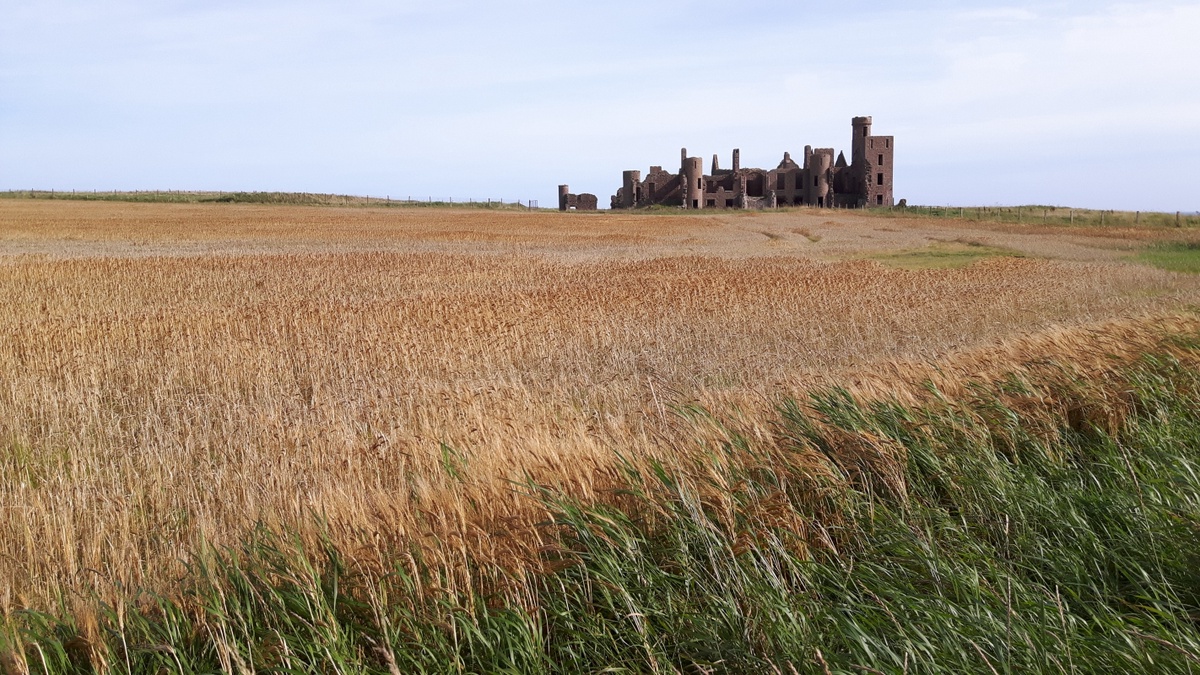
Knowledge Exchange
2019 'I'm a Scientist' Get me Out of Here contributor in the general science 'Seaborgium Zone'.

Collaborations
2016-2018: Collaborated with Sirius Minerals to investigate the impacts of POLY4 (polyhalite) fertiliser on soil structure. Initial work was incorporated into the company's marketing materials which fed into Sirius Minerals acquiring investor funding for developing the new mine in Scarborough, UK.
2016-2020: BBSRC Rhizosphere by Design; Southampton University and James Hutton Institute
Funding and Grants
Year
Award
Details
2004-2008
University of Aberdeen Undergraduate Alumni Bursary
£1000 pa
2006
Friends of the Cruickshank Botanic Garden Student Summer Bursary
Paid summer position in Cruickshank Gardens
2007
British Ecological Society Specialist Course Grant
Attendance of 3 day specialist Field Studies Council Lichen Identification Course
2007
Carnegie Undergraduate Vacation Scholarship
Assistance towards honours year fieldwork
2016-2018
MSc Project Funding
[Preparation of the project proposal] c.£45k over 2 years, to cover wage offset, tuition fees plus research budget
2019
Interact Travel Award
Travel costs towards 2019 Interact Public Engagement Conference
2020-Present
NERC QUADRAT DTP PhD Funding Award
Tuition fees, stipend plus research and travel fund
- Teaching
-
Teaching Responsibilities
Demonstrator
